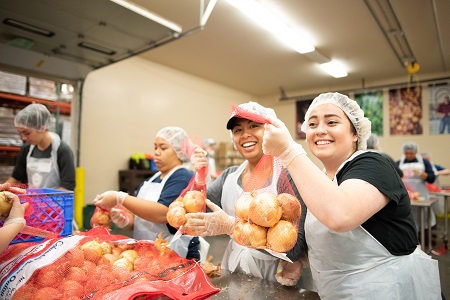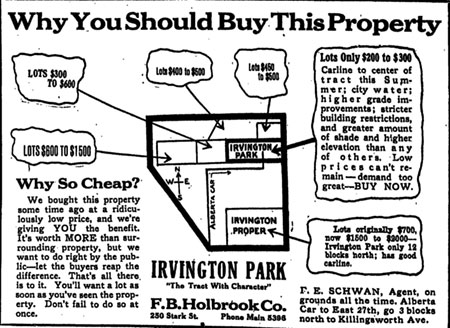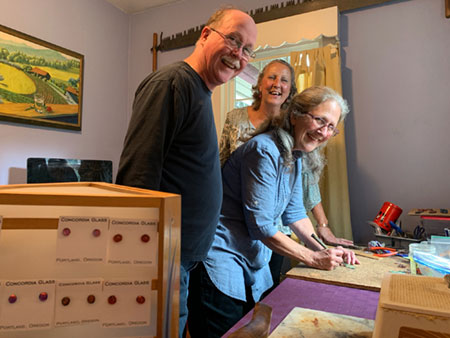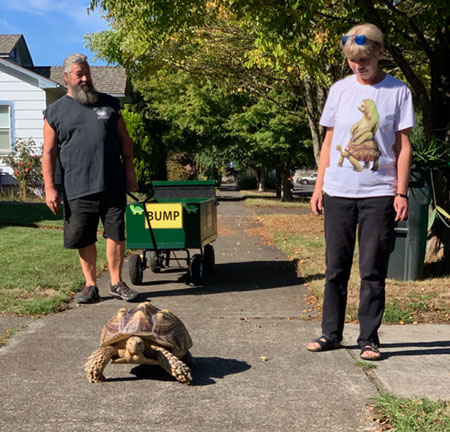By Garlynn Woodsong | Video Game Enthusiast
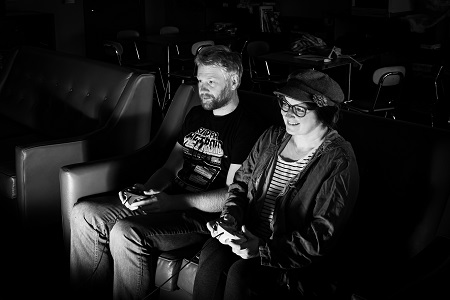
It’s no coincidence the acronym for Retro Game Bar is RGB. It describes the red, green and blue connection cables between the collection of vintage gaming consoles and their monitors.
Owners Jason and Shira Yovu opened the bar in May at 6720 N.E. Martin Luther King Jr. Blvd. Since then gamers have flocked there to enjoy the collection of 1970s, ‘80s and ‘90s cartridges and discs that play on 19 consoles.
“We had to buy more consoles, monitors and equipment to open RGB, and also more games for systems like the Dream Cast that didn’t feature prominently in my personal collection,” Jason explained.
Although the form of entertainment at RGB is relatively rare, he’s no newcomer to food service. This is the fourth establishment in which he’s been involved with startup. One was in Maine, where Jason and Shira met almost 10 years ago.
RGB features the games Jason has collected for more than 15 years. “I wanted the games in my collection to be played, not sitting around collecting dust, to have these games be accessible to everyone,” he said.
During the summer, RGB sponsored special weekend hours for minors. “As of mid-October, our all-ages program is on hiatus,” Shira said. “But we hope to redesign it with more options and bring it back by early 2020.”
One of the pleasures for RGB visitors is the opportunity to play on classic systems like the Turbo Graphics 16 from the late 1980s – far less common than its contemporary, the original SEGA Genesis and Super Nintendo systems – as well as a few machines such as a Neo-Geo that were previously coinoperated.
RGB features all original hardware and games, no emulators or replicators. It gives the authentic feel, like a record shop, of using the actual original media. RGB signals are the preferred output from the consoles to the monitors, of course, along with analogue outputs.
“We had to modify some consoles slightly,” Jason pointed out. “That allows them to send the RGB signals for their original full resolution to be displayed on monitors that are much higher resolution than the TVs most people originally played the consoles on.”
RGB serves fare as nostalgic as its games, including themed cocktails and a variety of hot dogs.
Garlynn Woodsong lives on 29th Avenue, serves on the CNA board and is an avid bicyclist. He also is a dad who is passionate about the city his son will inherit. He is the planning + development partner with Cascadia Partners LLC, a local urban planning firm. Contact him at LandUse@ConcordiaPDX.org.
